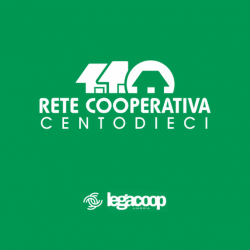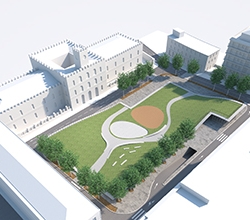
The metropolitan area of Chieti-Pescara hosts more than one fifth of the population of Abruzzo and presents a constant increase in population; on the contrary, Chieti sees a strong decrease in favor of the agricultural areas of the municipalities in the surrounding area, affected instead, by a phenomenon of constant land consumption.
The area most affected by depopulation is the historic center of the city of Chieti that currently appears disconnected from its metropolitan area especially for poor inter-connectivity and support services for housing and mobility.
The project “La Via Dei Conventi” aims to encourage processes of re-functionalization of the area,…
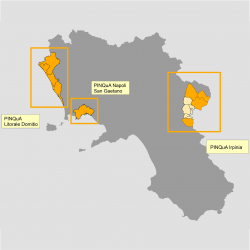
The Campania Region has participated with ACER ( Agency Campania Residential Housing) in the PINQuA (National Innovative Program for the Quality of Living) with a proposal articulated on three different places of the regional territory, strategically connected but differently characterized by themes and functions. Three possible modalities and themes of contemporary social living: the dense city, the peri-urban countryside and the inland areas of Campania.
For the theme of urban density, the San Gaetano district, in the northern suburbs of Naples, has been chosen. The intervention refers to a pilot project for the redevelopment of the entire neighborhood both at…
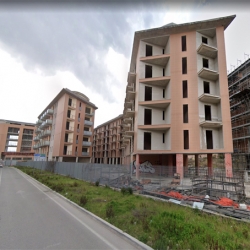
Ponte san Giovanni is a settlement situated on the banks of the Tiber river at about 7 km from the center of Perugia, that in a bit more than fifty years reaches 20.000 inhabitants becoming one of the most populous quarters of the city. The demographic development of the district, grown in a flat area between the river Tiber, the railway line and a road system of national interest such as the E45, has been developing at the same time with the development of industrial, commercial and, more recently, services, accompanied by a significant building activity of private and…

The restoration of the former Tanneries complex in Fabriano by Fondazione Carifac is the starting point for a broader project aimed at regenerating the local community. The complex becomes a cultural center capable of spreading values and knowledge inherited from the past, promoting contamination with the creativity of the current community.
In order to bring back the “botteghe degli antichi mestieri” (ancient crafts workshops), the Carifac Foundation has created a creative cultural incubator with Cartiera Aperta and Scuola Internazionale dei Mestieri d’Arte.
Particular attention has been given to the education of new generations in the production of handmade paper and chiaroscuro…
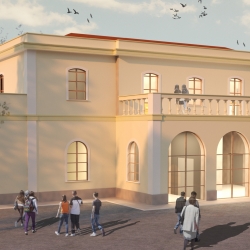
The Umbria Region has joined the National Innovative Program for the Quality of Living (PINQUA) with two projects that enhance the regional heritage and increase social housing.
Living Umbria: emotions in movement
The intervention aims at the valorization and socio-economic redevelopment of a vast regional territory crossed from north to south by the Umbrian Central Railway (FCU). The re-functionalization of public spaces and buildings is activated through the reuse of the buildings of the FCU and in particular of the stations or parts of them not used that are re-functionalized and converted in part to residential use.
The regeneration of the socio-economic…

Regenerating 11 hectares of territory in the heart of a historic city like Pavia means facing a very complex process in which it is necessary to put together the most diverse requests: from those of the stakeholders (whether these are the local authorities or those responsible for environmental protection), to those of associations and citizens, to those of the market. But regenerating 11 hectares of territory also allows to recover an important part of the city, what was once the location of the former Necchi, where about 7000 people from Pavia worked.
Functional mix, connections both at metropolitan and local…

The proposal of the Municipality of Prato, candidate for the contribution to the interventions foreseen by the National Innovative Program for the Quality of Housing that finances proposals up to 15 million euros, concerns the district of Soccorso and Macrolotto Zero/San Paolo and is part of the strategies of the administration to increase the offer of public housing and regenerate degraded urban areas, characterized by housing tension and lack of services.
This policy has already been initiated through the realization of the PIU (Urban Innovation Project) and the undergrounding of the Declassata with the creation of the linear park of Soccorso….

In the Darsena district of Ravenna, the city port was developed (and then abandoned), leaving suggestive underused industrial archaeology and, behind it, a residential, popular and green area, a symbol of welcome, but also fragile and at times stigmatized.
Regeneration here is a REAL path, wanted and started with infrastructural, social, cultural and entrepreneurial interventions.
The DARE project (supported by the EU as Urban Innovative Action) has activated a laboratory of regeneration and collaboration, supported by DIGITAL.
The platform “Darsena Ravenna, common landing place” innovates the storytelling of the neighborhood, choral and perspective with a supermap and interactive stories, which allow to understand…








